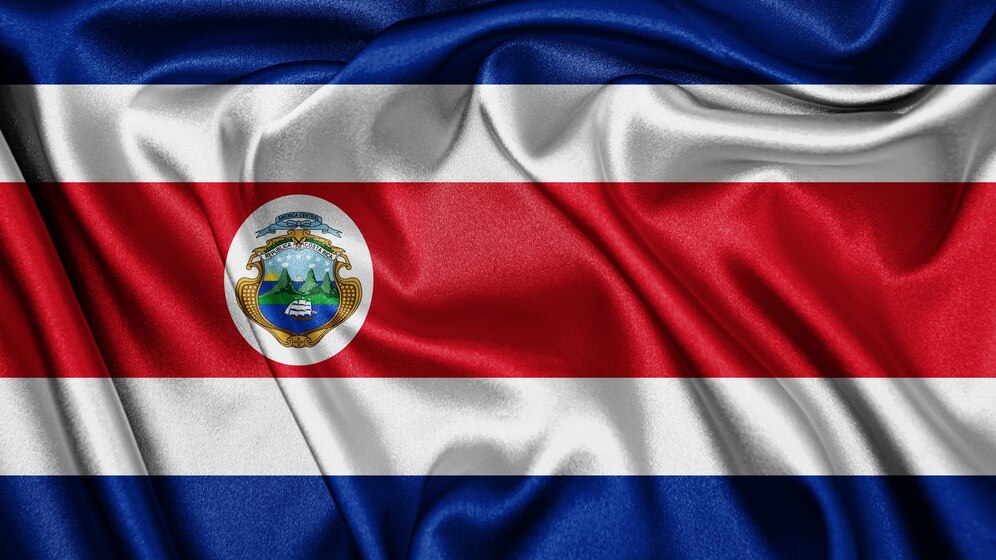
Costa Rica Independence Day, locally known as “Día de la Independencia,” is a significant and vibrant celebration that fills the air with patriotism and excitement. This article delves into the rich history, traditions, and festivities that make this day a special occasion for all Costa Ricans.
Page Contents
- 1 1. Introduction
- 2 2. The Prelude to Independence
- 3 3. The Act of Independence
- 4 4. Historical Significance
- 5 5. Traditional Celebrations
- 6 6. Symbols of Costa Rican Independence
- 7 7. Modern Observance
- 8 8. Costa Rican Cuisine on Independence Day
- 9 9. The Role of Music and Dance
- 10 10. Parades and Civic Activities
- 11 11. The Flame of Freedom
- 12 12. Family Gatherings
- 13 13. Costa Rican Flag
- 14 14. Conclusion
- 15 15. Frequently Asked Questions
1. Introduction
Costa Rica Independence Day, celebrated on September 15th, is a commemoration of the country’s independence from Spanish colonial rule. This joyous occasion brings together people from all walks of life to honor their nation’s history and heritage.
2. The Prelude to Independence
The road to Costa Rican independence was not without struggle. Before gaining sovereignty, the region was part of the Captaincy General of Guatemala, a Spanish colony. Influenced by the liberal ideas spreading across Europe and the Americas, Costa Ricans began to yearn for self-rule.
3. The Act of Independence
On September 15, 1821, a historic moment occurred. Representatives from various cities in Central America, including Costa Rica, gathered in Guatemala City and signed the Act of Independence, declaring their separation from Spanish rule.
4. Historical Significance
Costa Rica’s decision to break away from Spain was pivotal. It marked the beginning of a journey towards self-determination, which would ultimately lead to the establishment of the Federal Republic of Central America.
5. Traditional Celebrations
Costa Rica Independence Day is a lively celebration filled with traditional music, dance, and parades. Locals dress in patriotic colors, with the national flag adorning homes, streets, and even clothing.
6. Symbols of Costa Rican Independence
The flag, which consists of five horizontal stripes and a prominent blue corner with a white star, holds immense significance. The blue symbolizes the sky, opportunity, and perseverance, while the white represents peace and wisdom.
7. Modern Observance
In the modern era, Costa Rica Independence Day is celebrated with enthusiasm. Schools, businesses, and government offices close for the day, allowing everyone to participate in the festivities.
8. Costa Rican Cuisine on Independence Day
No celebration in Costa Rica is complete without its mouthwatering cuisine. Tamales, empanadas, and arroz con pollo are just a few of the delicious dishes served during this time.
9. The Role of Music and Dance
Music and dance play a vital role in the celebrations. Traditional folk dances like the “Punto Guanacasteco” and the “Tambito” are performed with fervor, accompanied by lively marimba music.
10. Parades and Civic Activities
Cities across Costa Rica host colorful parades and civic activities. These events showcase the country’s rich culture and history, with participants proudly waving flags and playing traditional instruments.
11. The Flame of Freedom
A symbol of unity and freedom, the “Flame of Freedom” is carried across the country in a relay race that starts in Nicaragua and ends in Cartago, Costa Rica.
12. Family Gatherings
Independence Day is a time for family gatherings and reunions. Families come together to share meals, laughter, and stories, strengthening their bonds and creating cherished memories.
13. Costa Rican Flag
The national flag of Costa Rica is prominently displayed during Independence Day celebrations. Its design and colors represent the ideals and aspirations of the Costa Rican people.
14. Conclusion
Costa Rica Independence Day is not just a historical event; it’s a testament to the enduring spirit and unity of the Costa Rican people. This day serves as a reminder of the country’s journey towards self-determination and the importance of cherishing one’s culture and heritage.
15. Frequently Asked Questions
Q1: What is the significance of the blue and white colors on the Costa Rican flag?
A1: The blue represents the sky, opportunity, and perseverance, while the white symbolizes peace and wisdom.
Q2: How do Costa Ricans typically celebrate Independence Day?
A2: Celebrations include parades, traditional dances, patriotic clothing, and feasting on traditional Costa Rican dishes.
Q3: Is Independence Day a national holiday in Costa Rica?
A3: Yes, Independence Day is a national holiday in Costa Rica, with schools, businesses, and government offices closing for the celebrations.
Q4: What is the “Flame of Freedom” relay race?
A4: The “Flame of Freedom” is a symbolic relay race that starts in Nicaragua and ends in Cartago, Costa Rica, representing unity and freedom.
Q5: How old is Costa Rica as an independent nation?
A5: Costa Rica gained its independence from Spanish colonial rule on September 15, 1821, making it over 200 years old as an independent nation.
In conclusion, Costa Rica Independence Day is a vibrant celebration that brings together the nation’s past and present. It’s a day of unity, pride, and reflection on the journey towards self-determination. As Costa Ricans proudly display their flag and celebrate their culture, the spirit of independence continues to thrive.

